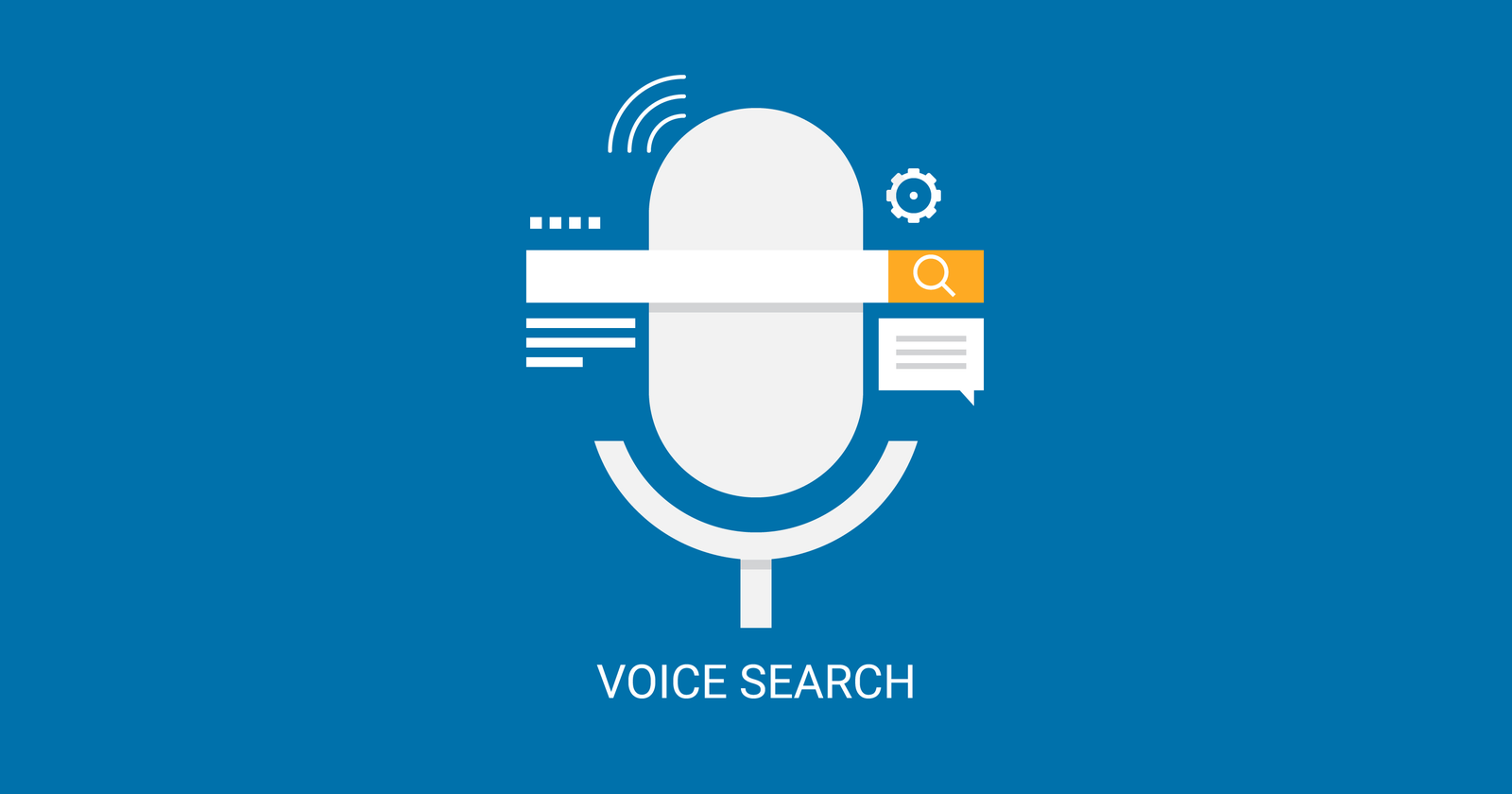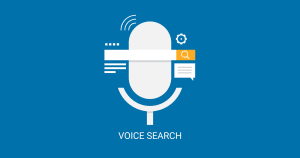SEO is a crucial aspect in enhancing the ROI of your business.
Search engines aren’t just a mere Q&A platform. It plays a crucial and significant impact on your customer journey.
It’s also one of the most critical processes that you can use to achieve higher rankings on search engines’ organic results and running successful SEO campaigns.
For one, your site is one of the most crucial aspects of SEO processes. If it isn’t correctly optimized for users and search engines, you’ll minimize your chances of getting significant traffic on search engines.
In this post, we’ll walk you through how you can fix website problems and significantly enhance your search engine rankings.
Table of Contents
ToggleBut First, What Is On-Page SEO
On-page SEO is usually the process wherein you need to optimize your site to rank higher on search engine results.
This often refers to the content and HTML source code of a page that can be optimized. This is quite different from off-page SEO, which usually refers to the links and external signals that often happen on your site.
Why Is On-Page SEO Important?
On-page SEO is essential. With so many aspects of SEO not under your control or can take years or probably months to take effect, on-page SEO is something you can control and can quickly influence.
Duplicate Content Issue
According to data by SEMrush, 50% of analyzed web pages come from duplicate content issues.
Although there isn’t a penalty for duplicate publishing content, the problem happens when similar web pages start pitting up against each other for the same search positions.
This will force Google to filter one expense for the other, not necessarily the type of page you want to rank for. So, make sure that your published content isn’t a copy or plagiarized from other articles online.
Images
Although images play a crucial role in content marketing, they can also cause significant SEO issues. Half of the websites on the internet contain images with missing alt tags, while others have broken internal images.
These scenarios can be particularly problematic.
Alt Tags
Alt tags are beneficial for visually impaired people that utilize screen readers. Readers will usually use the information placed on the alt tags to describe the images to web users.
Search engines are very particular about this in terms of user experience because images usually don’t have an alt tag are considered a sign that websites provide value to the user.
Eventually, this can lead to higher bounce rates and cause poor performance on search engines.
Broken images
Broken images are often the same issues as broken links.
Broken links are usually considered dead links for both search engines and users. As a result, this causes search engines to downgrade your site because of a poor user experience.
Meta Description
Meta-descriptions are short descriptions of the content of your page.
Usually, you’ll see snippets of these under the search results of every page title.
Overall, an engaging meta description entices people to visit a page and reassures them that the content that they’re about to view is precisely what they’re looking for.
To fix this, if you use WordPress, one way you can edit your meta-description is to use a plug-in like Yoast SEO. Similarly, you can also use SEO audit software which will crawl your site for specific issues.

Broken Internal And External Links
Broken website links can be a considerable SEO onsite problem.
As your site grows and regularly updates your resources, one or two broken links might not be an issue. But what if you have hundreds of them?
This what makes broken links dangerous. When a user sees a 404 page instead of the information they wanted, it causes your site traffic to drop. Users will also tend to perceive your site as low quality.
Furthermore, broken links are a waste of your crawl budget. Every time search engine bots visit your site, they’ll crawl several pages, but not your website.
If you have several broken links, then you’ll risk diverting the attention of bots from your pages. Otherwise, your site won’t be crawled or indexed. Work with a reputable seo company india here.
Low-Word Count
Word count is often a problematic SEO metric because there’s no minimum word count for pages.
On the other hand, Google often ranks content that’s in-depth higher. Also, content that is longer indicates depth. This is mostly true, especially if you want to avoid fluff.
That’s why you should include relevant on-page texts as much as possible. Do whatever you can to give your content depth and provide value to readers.
Think about it. If you’ve come across an infographic, didn’t you appreciate the person who made it as they took the time to give more context? Chances are, you do, and so do your readers.
Page speed
Is your site loading too slow? Users these days have the attention of a goldfish. 50% will abandon a page if it takes more than three seconds to load. Many users are looking for information, and they want it quickly.
Google usually uses page speed as a main ranking factor. Ideally, you want to optimize your page speed to make your site load faster and rank higher on search results.
To check for your site speed, you can use Google PageSpeed Insights. Usually, PageSpeed Insights will provide you with customized recommendations on how you can speed up your site.
You can consider several best practices for optimizing your page speed, such as compressing your images, getting rid of unnecessary website code, and so much more.
Mobile-friendliness
Is your site mobile-friendly? Having a mobile-friendly site is crucial since more than 50% of the search traffic on the internet comes from mobile devices.
So, if people who have tablets and smartphones have difficulty accessing your site, your rankings on search will go down.
Major search engines such as Google use mobile-friendliness and responsiveness as ranking factors. Therefore, if your site isn’t mobile optimized, then you’ll lose out on valuable revenues and leads.
Remember that mobile compatibility isn’t merely a suggestion anymore, but as a requirement, especially if you want to rank well for specific keywords.
Google takes into consideration mobile compatibility when it will rank your site. Low compatibility equates to lower rankings.
Remember that on-page optimization for mobile friendliness will focus on creating a responsive site. It will be a lot easier with a highly responsive site to update your site and add content.
To check for your site’s responsiveness, you can utilize Google’s Mobile-Friendly Test tool.
Conclusion
So there you have it. Some of the most common issues that we’ve mentioned in this article might be hurting your SEO efforts in the long run.
Also, not all of these can equally impact your search rankings. But poor SEO isn’t a direct violation of rules on search engine rules- it only happens due to not taking proper care of your site and its users.
Therefore, you should be aware of these issues as they can affect your site’s traffic and credibility in the long run and result in a loss in profits.
You might also get to the point wherein small mistakes accumulate and can cause substantial SEO problems that can destroy your site’s rankings on search engine results pages (SERPs.)
Hopefully, you’ll find this information valuable as you make your way on top of SERPs.






